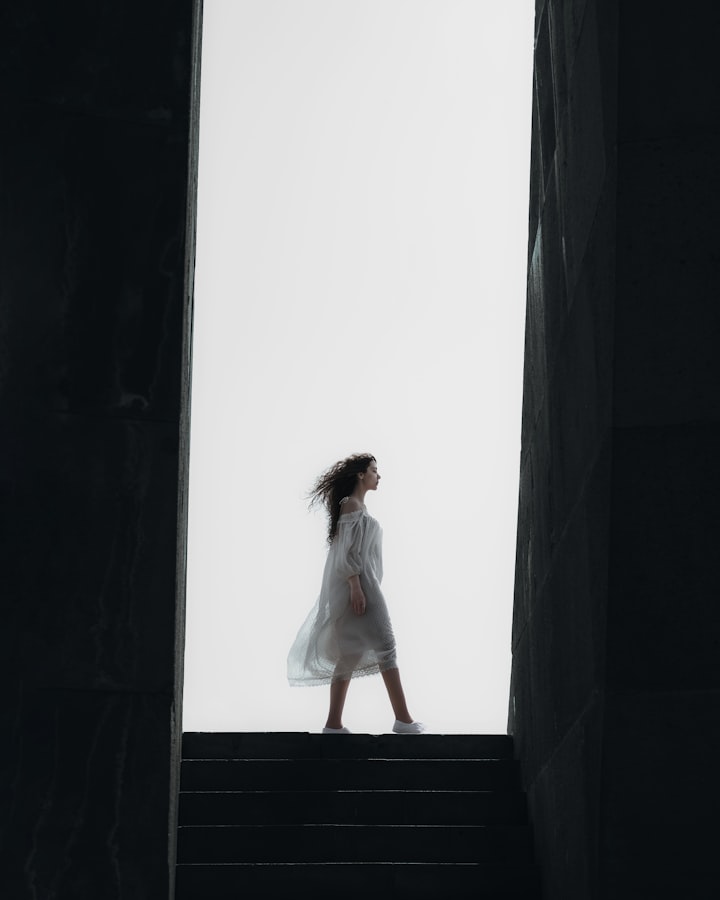The Rwandan Genocide
In 1994, the Rwandan genocide unfolded with horrifying speed and brutality. Over the course of just 100 days, extremist Hutu militias targeted and slaughtered around 800,000 Tutsis and moderate Hutus, leaving a scar on the collective memory of Rwanda and the world.

The sun sank below the horizon, casting a somber hue over the land. In the heart of Rwanda, a once vibrant nation, darkness descended with chilling ferocity. Hatred and violence spread like wildfire, consuming the very fabric of society.
Amidst this brewing storm, a young Tutsi woman named Amina navigated the treacherous path of survival. Her ebony skin bore witness to a heritage steeped in resilience and strength, but now it marked her as a target in the eyes of those driven by a twisted ideology.
Amina had grown up in a land of breathtaking beauty, a place where unity and harmony thrived among the Rwandan people. But in the spring of 1994, everything changed. The extremist Hutu militias unleashed a wave of terror upon their Tutsi neighbors, igniting a genocide that would forever stain the pages of history.
The air hung heavy with fear as Amina and her family sought refuge within their small village. They clung to hope, believing that reason and compassion would prevail. But the forces of hatred were relentless, tearing through the communities like a hurricane of violence and destruction.
In the blink of an eye, neighbors became enemies, friends turned into executioners. Amina's heart shattered as she witnessed the depths of humanity's capacity for cruelty. Innocent Tutsis, men, women, and children, were hunted down like animals, their lives extinguished with shocking brutality.
Amina's family, knowing the danger that loomed, made a heart-wrenching decision. They would split up, scattering in different directions in the hope that at least some of them would survive. Tearful farewells were exchanged, promises of reunion uttered with quivering voices.
Alone and vulnerable, Amina embarked on a harrowing journey. She tiptoed through a landscape stained with blood, dodging the merciless eyes of those who sought to eradicate her very existence. The road was littered with the bodies of her kin, reminders of the horrors that had unfolded.
As she hid in the dense forests, hunger gnawed at her empty stomach. Nights were spent trembling beneath the canopy of trees, listening to the distant screams that echoed through the night. Each day brought a relentless onslaught of fear, grief, and a desperate longing for safety.
In the midst of this chaos, Amina found an unlikely ally, a fellow survivor named Emmanuel. Together, they clung to one another, finding solace in their shared pain and a flicker of hope amidst the darkness. Their love became a lifeline, a fragile sanctuary in a world ravaged by hatred.
But even amidst their love, the specter of loss haunted them. Amina's family had been scattered to the winds, their fates unknown. She carried their absence like a heavy burden, mourning their uncertain fate even as she fought for her own survival.
Months passed, and the international community looked on with a mixture of horror and apathy. The world had turned its back on Rwanda, leaving its people to face unimaginable horrors alone. The screams of the victims fell upon deaf ears, their pleas for help lost in the abyss of indifference.
As the days turned into weeks, the weeks into months, Amina and Emmanuel found themselves among the survivors. They emerged from the shadows of genocide, scarred and broken, yet defiant in their will to rebuild their lives and honor the memory of those they had lost.
The scars etched upon their bodies and souls would forever serve as a reminder of the atrocities they had endured. Amina and Emmanuel, like countless others, refused to let their voices be silenced. They became advocates for justice, seeking accountability for the crimes committed and ensuring
that the world would never forget the Rwandan Genocide.
In the aftermath of unimaginable sorrow, Rwanda began the slow process of healing. The wounds ran deep, but the spirit of its people burned bright. Together, they wove the threads of unity and reconciliation, determined to build a future where the echoes of hatred would be drowned out by the harmony of forgiveness and understanding.
Note: The story above is a work of fiction created to illustrate the subject of the Rwandan Genocide. The characters and events portrayed are fictional, but they reflect the experiences of the Rwandan people who endured the horrors of this tragic period in history.
About the Creator
Enjoyed the story? Support the Creator.
Subscribe for free to receive all their stories in your feed. You could also pledge your support or give them a one-off tip, letting them know you appreciate their work.





Comments
There are no comments for this story
Be the first to respond and start the conversation.